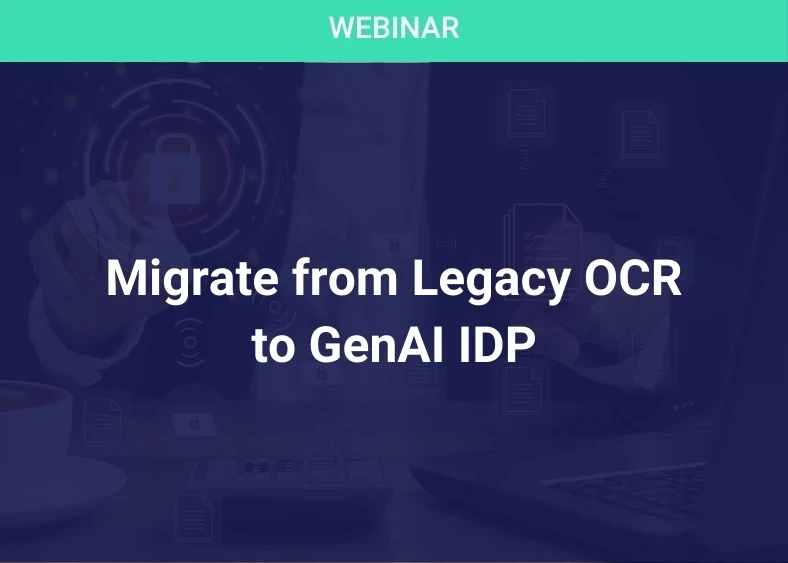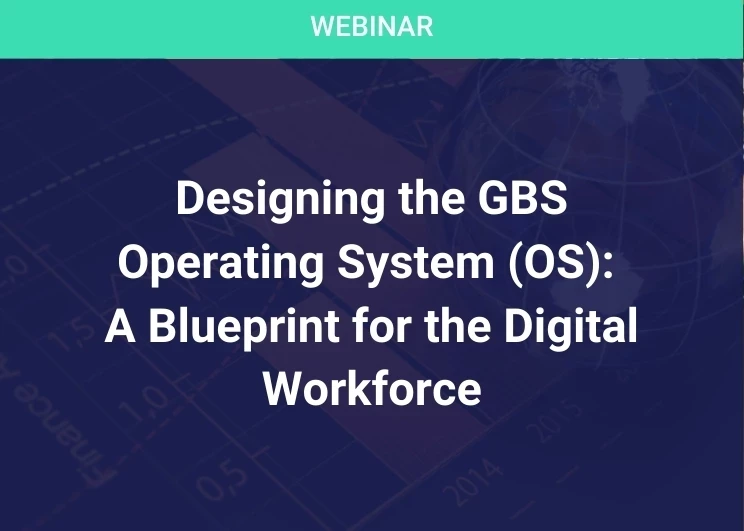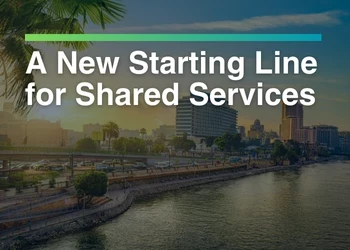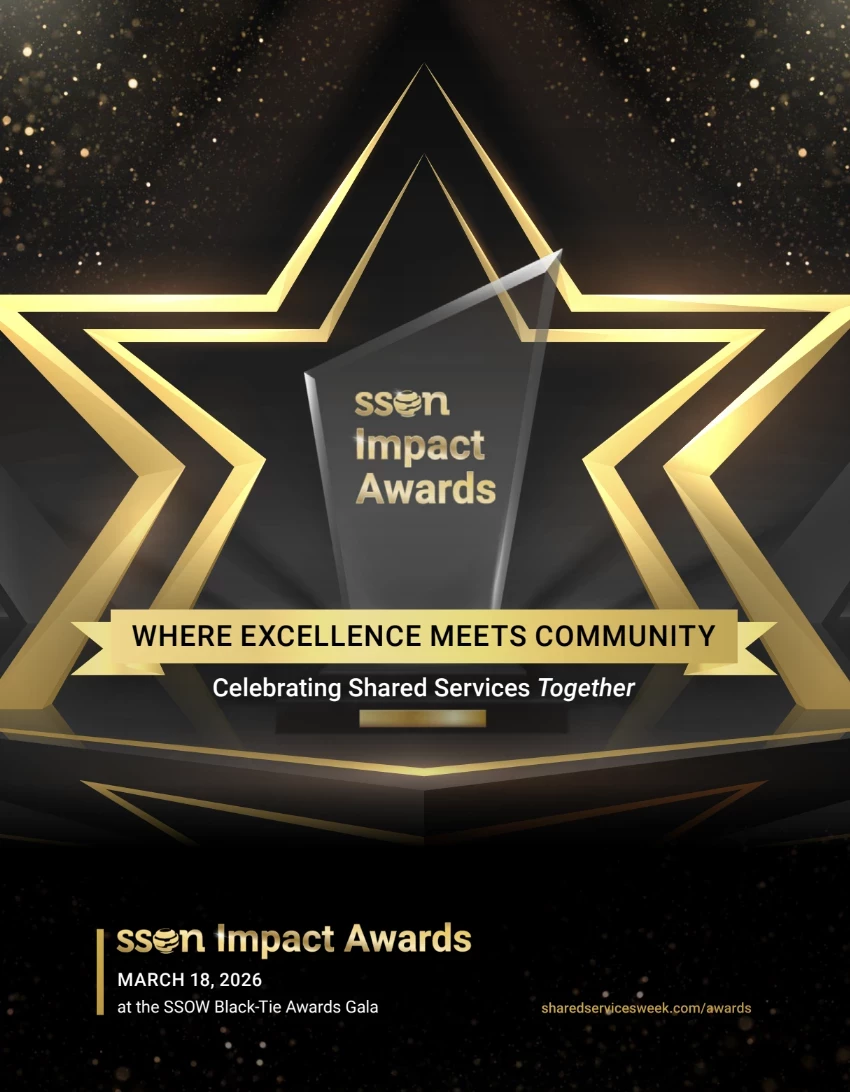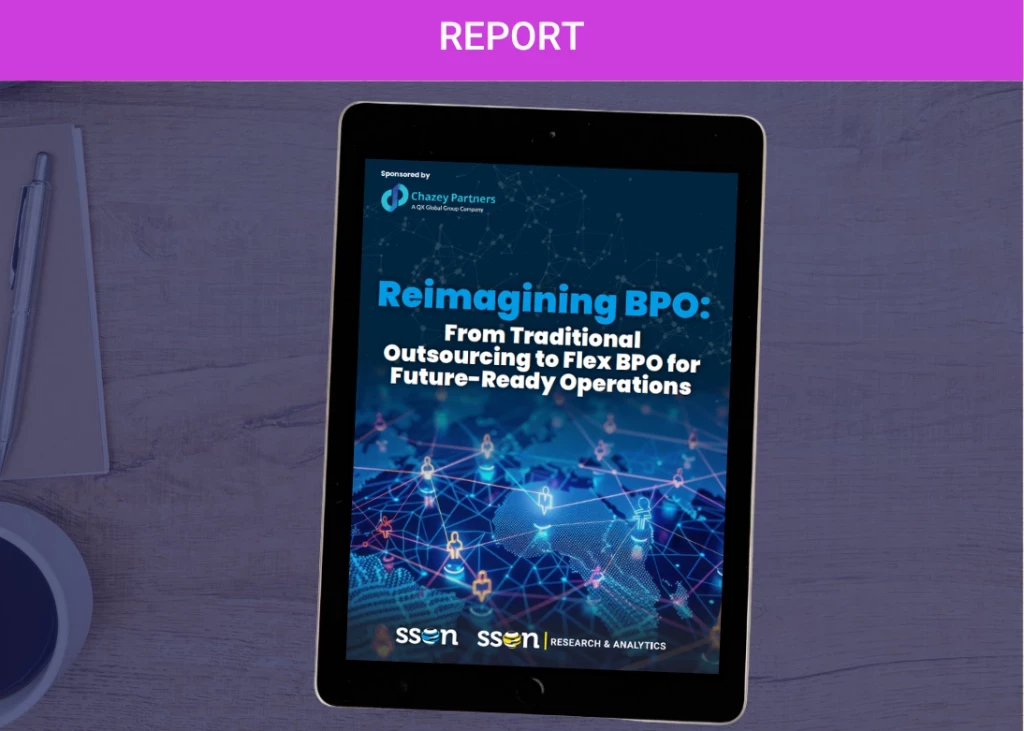Key Learnings in Establishing Service Infrastructure Within An Organization
Add bookmark
Whether you call it Service Management, Operations Infrastructure or Service Infrastructure (my preference…aka “SI”), without a solid service infrastructure capability, a GBS/SSC is nothing more than centralized activities. It’s the Service Infrastructure that turns the centralized processes into GBS/SSC. These are the processes that bring value to the operation and its business partners. Running a GBS without SI, is like running a global manufacturing operation without any support processes! Given its importance to a high performing GBS/SSC, it is useful to elaborate on the topic.
A. What is Service Infrastructure?
Service Infrastructure are the processes, tools, templates, systems, reporting, and governance that enable GBS to be truly a stakeholder focused professional services organization. Any organization that does not have an SI strategy, is not a GBS/SSC.
Being able to apply the same operations infrastructure (ie. processes, governance, reporting, metrics, talent management) across multiple service lines globally within a GBS environment creates true value through economies of scale, consistency, transparency, information and leads to the professionalising the service delivery. All leaders of a global operation (not necessarily a GBS/SSC) should value and implement these concepts.
B. What are the 17 elements of Service Infrastructure?
I. The Strategy Layer:
- GBS Vision and Strategy - Do we have a clear and compelling vision, mission and value proposition for stakeholders, employees, and business units?
- Governance - Have we defined the various levels of governance to run GBS as a service function?
- Business Partner Relationship Management – How will we ensure we have the pulse of critical business partners?
Without these, it is difficult to begin the GBS journey.
II. The Operational Excellence Layer:
- Request Management – How are requests captured, answered, and analysed for improvements?
- Service Delivery – What are our services and what are our service level agreements?
- Performance Management – What KPIs will we measure, report, and analyse?
- Finance and Budget Management – How will GBS’ operating budget be managed to ensure value is articulated and the budget is optimized?
- Capacity Management – How do we know we have the right number of resources in the right place to service the business’ needs?
These focus on how a professional service is delivered
III. The “Manage as a Business” Layer:
- Communications and Branding – What is our GBS brand and how do we communicate with stakeholders?
- Talent Management – As a global organization, how do we attract, develop, retain, and optimize our organization?
- Continuous Improvement – How does GBS demonstrate continuous improvement as a way of operating?
- Demand Management – How does the leadership capture and prioritize new demand for services? How is current balanced with investing in cutting edge services?
- Solution and Transition Management – How are new service opportunities developed into business solutions with solid business cases?
- Vendor Management – How are GBS vendors managed to contracts?
- Knowledge Management – How are knowledge, tools, templates captured and shared across the GBS network?
- Risk Management – How are risks identified, avoided, or managed to ensure no disruption to services?
- Core and Enabling Technologies – How are systems rationalized to streamline the GBS technology footprint?
Working with this framework, GBS/SSC leadership can focus their limited resources on the key processes needed to demonstrate the value of their organization.
C. Key Learnings in Establishing Service Infrastructure
Start with the Vision and Strategy
Although this may be obvious, I wanted to reiterate this as everything else follows. This should be an on going activity.
Make the Delivery of SI Part of a Global Team From The Start
Service Infrastructure is so crucial that to maintain alignment, leverage economies of scale and truly present one face of GBS to business Partners it should be a separate global team from Day 1. Further, if anyone tells you SI is 5-10% of everyone’s job, the person has never really implemented SI…just talked about it.
Ensure the Global SI Team is Staffed With The Right Profiles
Service Infrastructure is a specialised area and for that reason must ensure people have the right technical skills and experience as well as the ability to interact both within and outside the GBS organisation. It's also a good place for rotational assignments from the delivery teams.
Automate Where Possible
Where there is the possibility to automate elements of Service Infrastructure using tools, do so as early as possible. This drives standardisation, economies of scale and builds a centre of excellence around key areas that functions outside of GBS can utilise.
Adapt As You Go
The world moves at ever increasing speed and what was relevant yesterday may not be today. Build your Service infrastructure with this in mind, with the ability to adapt processes, tools etc to suit the new environment.
Leverage Existing Knowledge Within a Company Where Possible
Reinventing the wheel is costly. Reusing, amending what already exists not only wins allies outside of GBS it saves time and money and helps drive companywide standardisation.
Ensure the Leadership Team “Lives The Dream”
As I’ll keep saying, service infrastructure is what differentiates a GBS team from a back office. Make sure everyone understands it, delivers services using it and is an active champion and practitioner. Assigning GBS leadership members to take responsibility for certain elements in the initial roll out helps ensure this.
Train All Team Members On The Concepts
GBS professionals are made, not hired out of college so start early educating your team members on SI; reinforce the concepts by using SI in daily practice.
This article gives an overview, in future articles, I will explore some of the individual elements.
As a partner at Monomoy Advisors, one of my roles is to support clients who need help transforming processes including setting up GBS models. If you find yourself needing help from someone’s been in the seat, please feel free to reach out to me @jgoldstein@monomoyadvisors.com
Finally, this article has been written in collaboration with Mike Imms
(https://www.linkedin.com/in/mikeimms/) who has rolled out Service Infrastructure successfully with me across multiple companies as well as collaborating at Monomoy.

